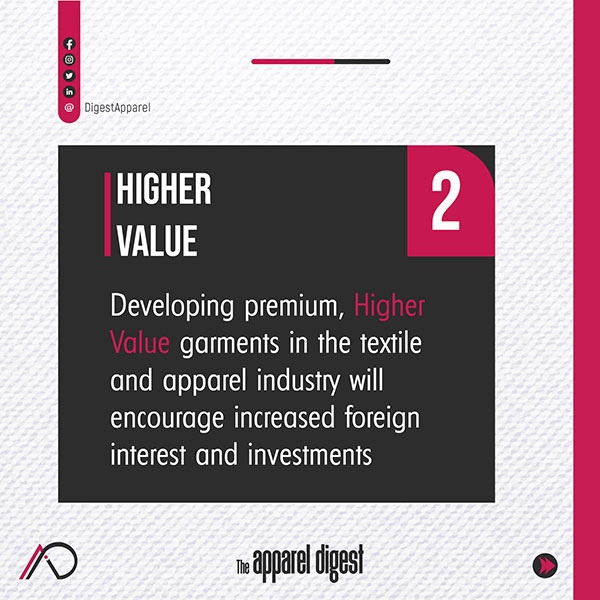“It all started over a cup of coffee,” explained Faiza Ahmed. Hadja Sata Seck is a Senegalese interior designer and radio host by profession. She met Faiza Ahmed, proprietor and designer of the clothing brand Manas, quite serendipitously. And, what began as a casual rendezvous soon blossomed into a rewarding cultural collaboration.
Seck, standing at 5 feet 11 inches tall, had previously purchased a saree from Manas that unfortunately did not fit her. “When we met, she asked if I could design something tailor-made for her. And I thought, why not? That’s how the idea of our unique collaboration came to mind,” Ahmed shared.

Symbolic motifs weave a collaboration
“I have always been eager to collaborate with the lungi weavers of Sirajganj and this project presented the perfect opportunity,” said Ahmed. The lungi saree, 12 haat long, was designed specifically to accommodate Seck’s height.
The collaboration’s standout element involves motifs that resonate deeply in both Bangladeshi and Senegalese cultures — curated through screen print and wooden blocks, which are integral to their overall collaboration.
A similarity Seck found between the two countries, as explained by Ahmed, is “car rapide” – minibuses that are central to everyday life in Senegal, just as rickshaws are for us. Consequently, car rapide became a symbolic motif featured in the attires.
It may come as a surprise to many that hilsa is readily available in Senegal and is quite popular. Thus, the fish motif also became an integral part of the designs.
“We used the motifs and tried to come up with something exceptional. The shared symbols not only adorn the garments but also highlight the cultural parallels between the two nations,” said Ahmed.

A mesmeric photoshoot
The photoshoot took place at Betila Landlord’s House, Manikganj.
“It was not a typical shoot as we didn’t feature any professional models. It was us – I was wearing my attire and Seck wore hers – and we were surrounded by abundant rural greenery,” detailed Ahmed.
In the words of Ahmed, it was an interesting experience for all of them – and especially for Seck. There is something special and memorable about visiting a hundred-year-old house and staying all day in the lap of rural tranquillity.
For Ahmed and Seck, the photoshoot held distinct value because of the place and overall concept they worked with.

The anticipated launch
While the exact date is yet to be announced, Ahmed plans to unveil the collection physically in a gallery. “This collaboration is very dear to me as it not only allows for a cultural exchange but also showcases the craftsmanship of our talented local artisans on an international stage,” she remarked.
Truly, fashion has the power to tell stories and connect people across borders. Faiza Ahmed’s collaboration with Hadja Sata Seck exemplifies this. As the beauty of diversity gets celebrated worldwide, including in Bangladesh, let’s hope to see more such multicultural collaborations in our fashion industry.

